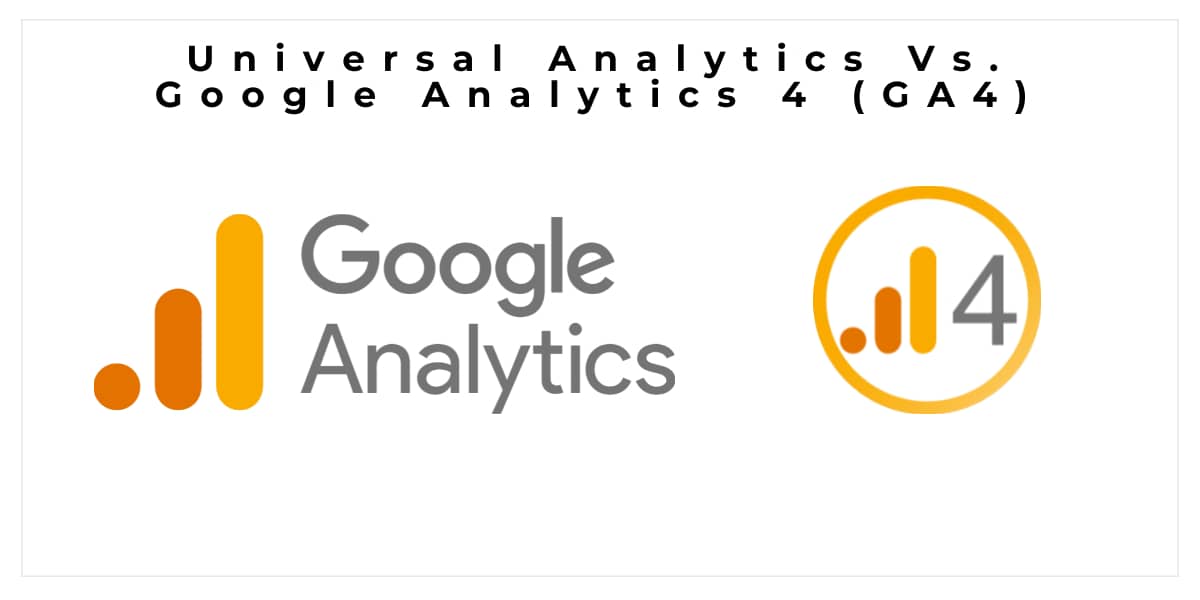If you are an existing Google Analytics practitioner or a marketing analyst then grab a hold of yourself as things are going to drastically change for the better. Yes, gone are the days of UA standards as there is a new player in town and we can’t stop raving about it.
Love it or hate it, GA4 is here to stay. Use the legacy platform all you want but you won’t be able to use it for long and ultimately will have to switch to the more advanced and smarter version, whether you like it or not. Most of us are pessimistic about the new update, but to tell you the truth there has never been a more exciting time to be a digital marketer.
Why Do You Need to Switch to GA4?
Digital marketing journeys are radically changing across the globe, from screens and browsers across several devices it has become very difficult to keep track of unified customer datasets and generate actionable insights from these insights.
Additionally, the changes in the privacy sphere are also raising several questions on the reliability of the data. So, all of these challenges are beyond the scope, framework, and architecture of the existing legacy Universal Analytics standard.
To address modern challenges, you need a modern tool and GA4 is right up for grabs and is a resource unlike anything you have seen before. From machine learning to predictive analytics to carefully treading the delicate road of attribution and privacy, it simplifies everything for you all in one go.
However, before embarking on this journey make sure that you are connected to a reliable and secure internet connection. For this purpose, we suggest looking up Xfinity in your area for a seamless and secure internet experience.
Xfinity comes with inbuilt advanced security features that protect your network and precious collateral on the go. For more information, you can contact the Xfinity customer service to sign up for the plan of your choice today.
How is GA4 different from Universal Analytics?
To address challenges like the decline of cookies, the adoption of tracking blockers, and the increasing scrutiny on data privacy, the GA4 is a ground-up rebuild from the existing Google Analytics platform and standards. So, there are several key differences between GA4 and Universal Analytics:
The Data Model
This may sound academic at first but it is important to understand how the underlying foundation of GA4 differs from universal analytics. The initial model was created for the analysis of desktop and laptop computers, therefore to accommodate a larger mix from smartphones and tablets to mobile apps and new platforms that are developing by the day, Google had to completely recreate the model.
Let’s break it down one by one for further clarity and simplification.
Universal Analytics is based on a hierarchical data model, where all user interactions are called sessions that are further comprised of page views, button clicks, video plays, or simply “events”. These events further break down into other categories and actions, depending on what you are looking for.
On the contrary, the GA4 data model is more event-based and linear. All types of user interactions are categorized as events that can be used to track all sorts of digital properties across multiple platforms. Moreover, instead of the category/action/label framework, the GA4 framework describes the event in a much simpler way.
Data Privacy Changes
With the passing of the GDPR legislation and newly enacted compliance laws, it has become difficult to track user data if they are not willing to consensually provide it. This creates a huge problem for all digital marketers as this puts a huge question on the quality and reliability of the data as data loss is bound to happen.
However, with GA4 you get two new features that resolve these issues to a great extent. Firstly, the “Consent Mode” feature allows users to dynamically adjust data capture based on the consensual agreement of website visitors. This clarifies the data sets and where it is coming from while respecting user choices on data sharing.
Disappointed? Well, don’t be as at the end of the day you will have complete datasets as the other feature covers all squares. GA4 data modeling is based on advanced machine-learning architectures that allow users to fill the privacy gaps of direct observations.
Reporting & Analysis in GA4
The best thing about GA4 is that it comes with a customizable admin panel and admin page that goes a few steps beyond the normal settings to allow you to set up data streams, filter sources, define tag settings, import data, and access an extensive number of other advanced features.
What’s more, the left column of GA4 consists of four pillars reports, explore, advertising, and configure sections that might look different at first than the usual UA interface, however, generate the same type of reports and insights while providing plenty of other amazing options and layers to explore.
Closing Thoughts
Some of the names and interface sections might have changed but GA4 is the future and the way forward if you want to make a mark in the world of marketing. To learn more, you can explore a number of resources online that can make you a pro within days.








